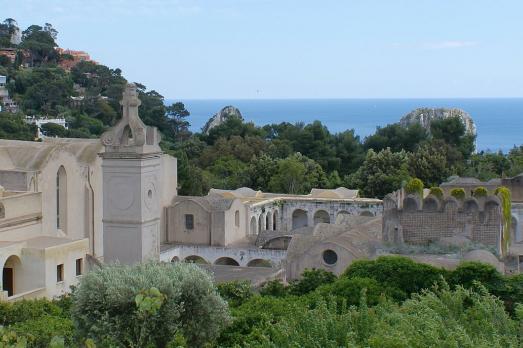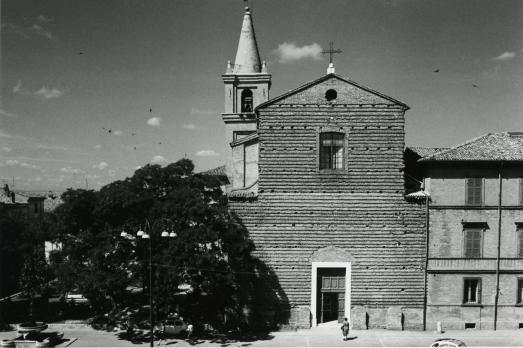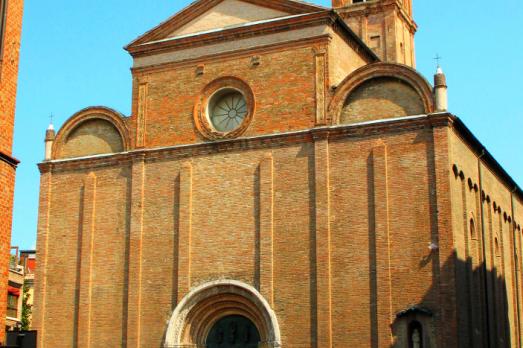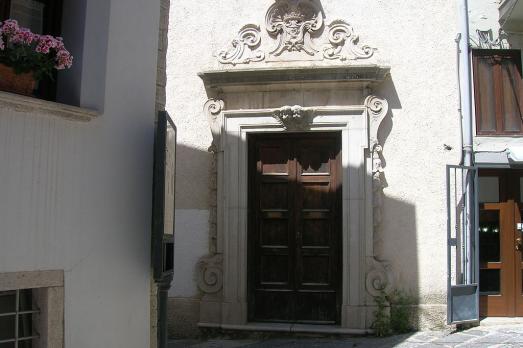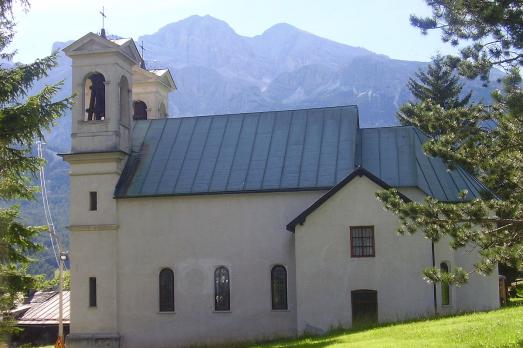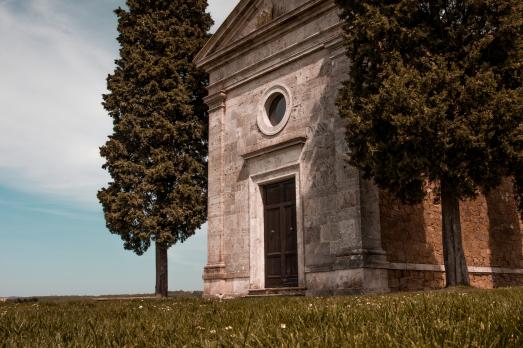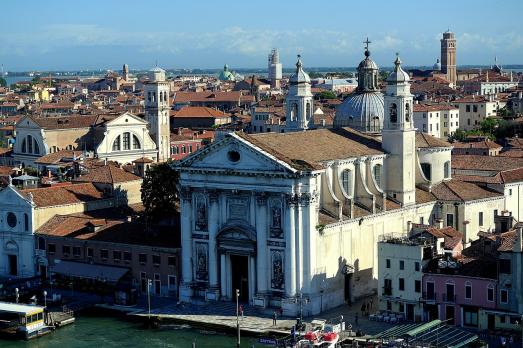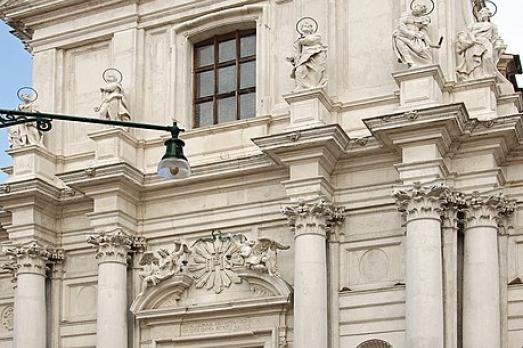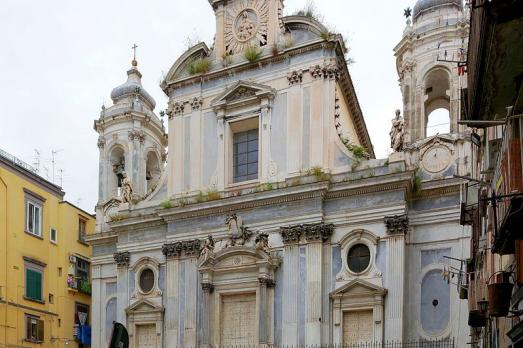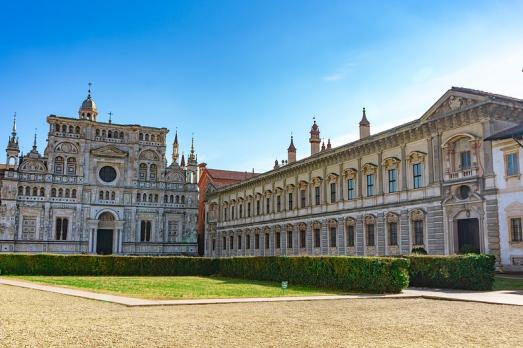
Certosa di Pavia
Pavia, IT
The Certosa di Pavia is one of the largest monasteries in Italy. It is part of the Carthusian monastic order, and was founded in the late 14th century. The cathedral is an elaborate and ornate example of both renaissance and Gothic styles, and is noted for its collection of artworks. In August of 1946, Benito Mussolini's illegally exhumed body was found in this cathedral resulting in two friars being arrested for conspiracy.
